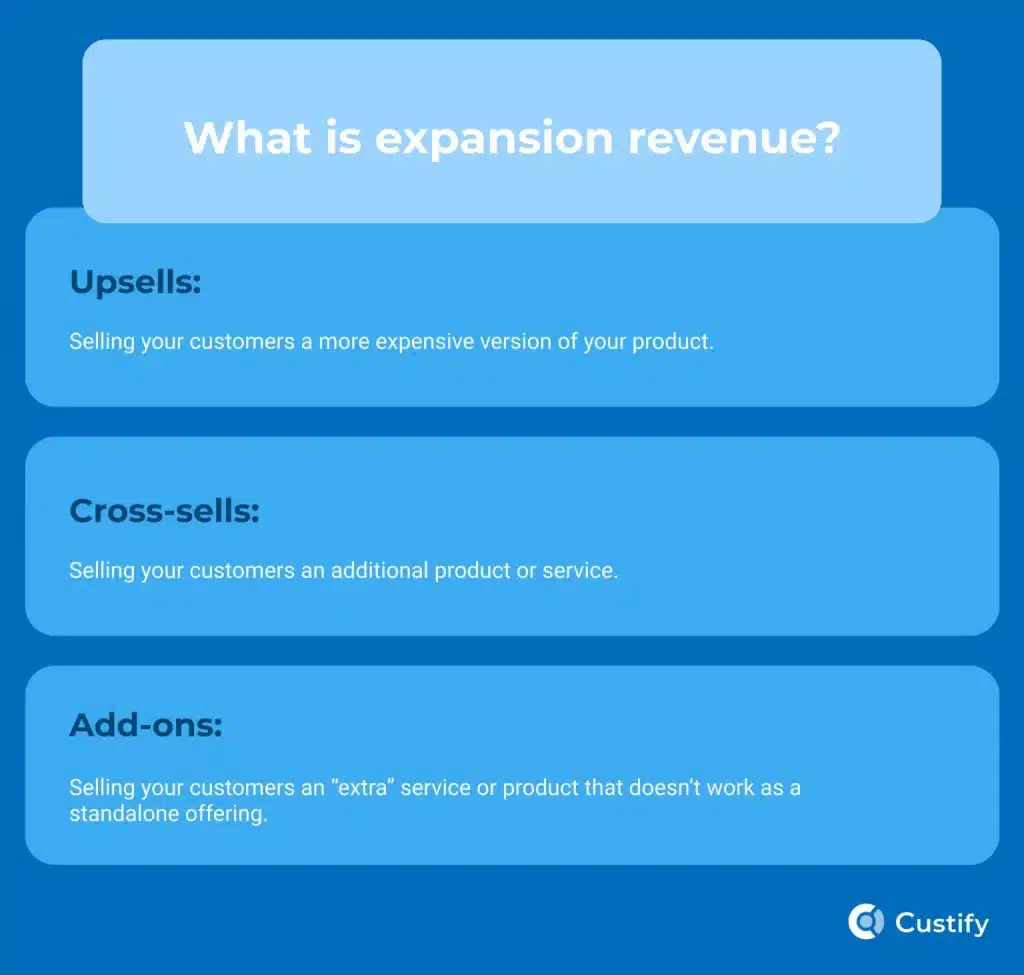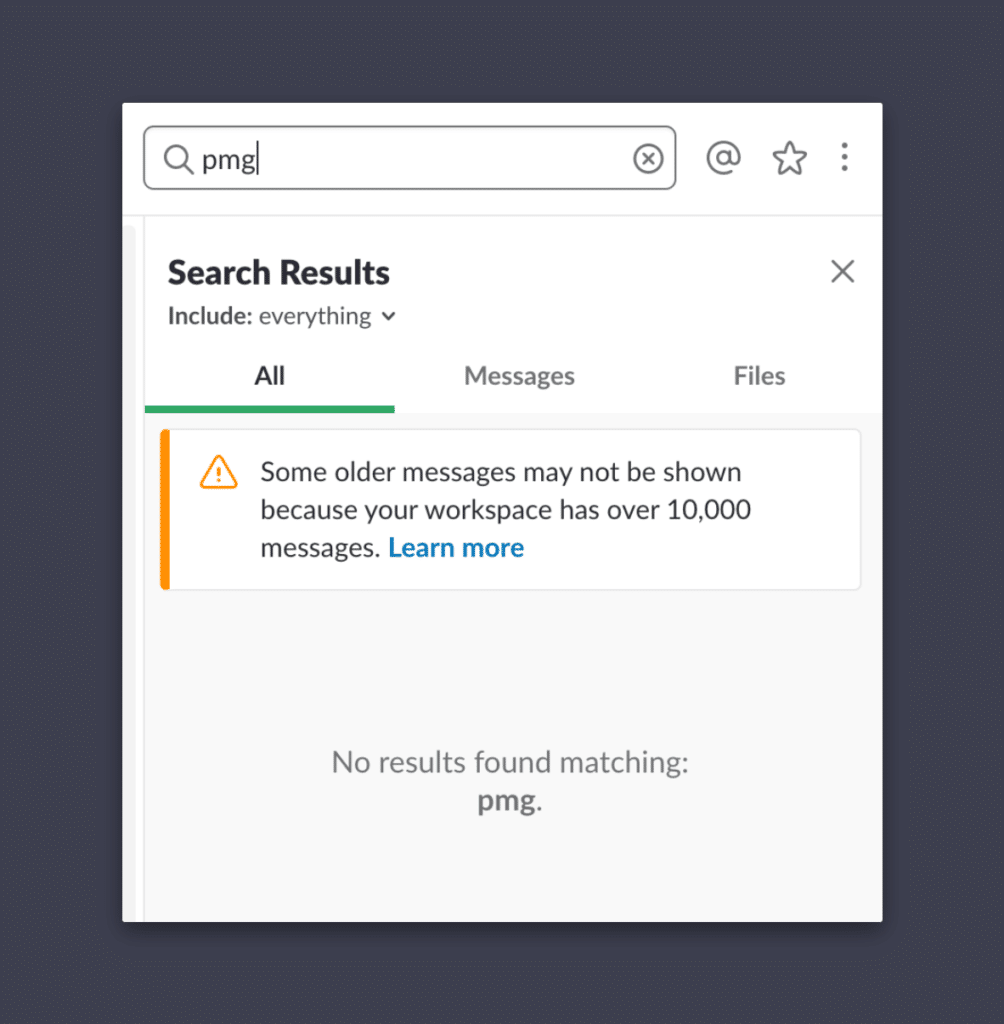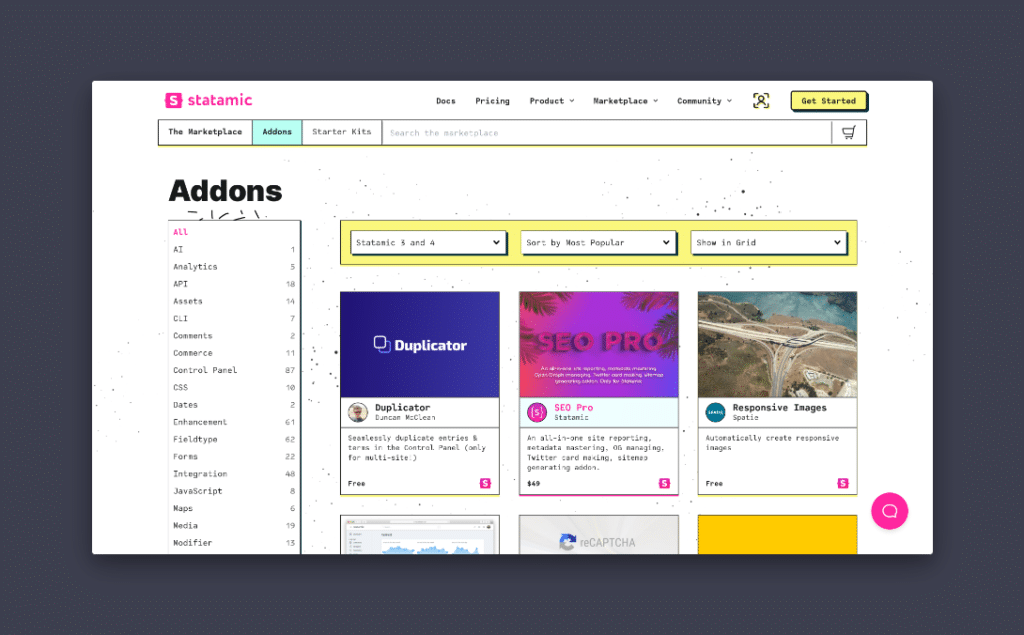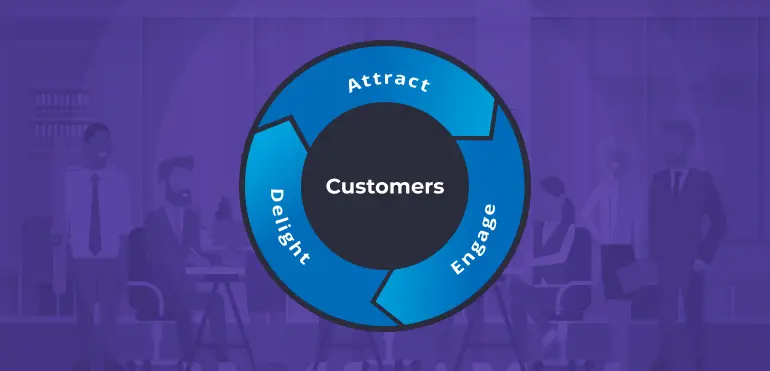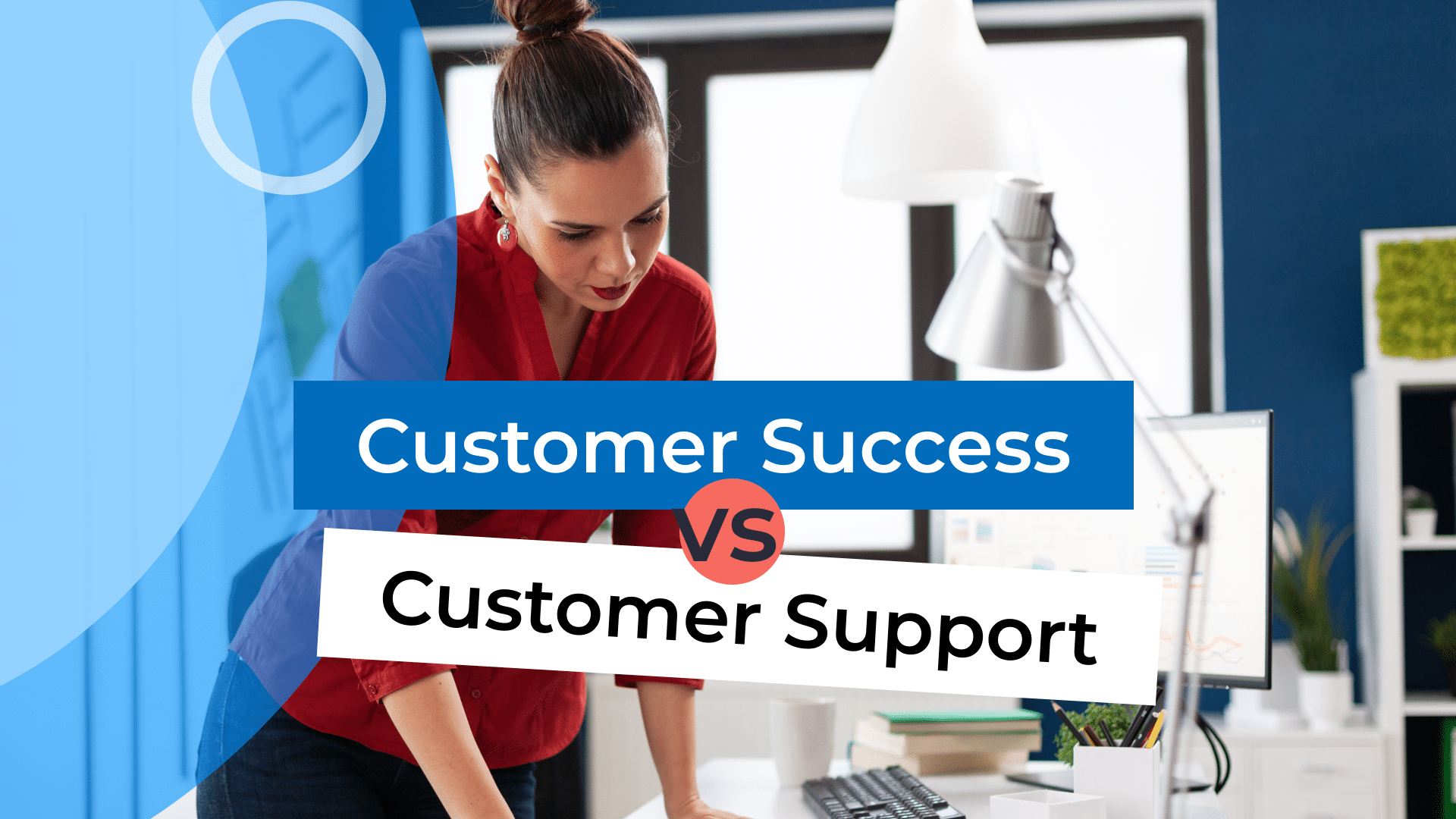Achieving sustainable growth is the ultimate pursuit of any business. In the competitive world of SaaS, it’s all the more true.
Acquiring new customers might be a priority for you. Have you thought about maximizing the value from existing ones through account expansion? It can be a true game-changer.
Companies get about 65% of their business from existing customers. By leveraging the potential within your current customer base, SaaS companies can unlock untapped revenue streams and propel their business to new heights.
This guide shares everything you need to know about account expansion. We’ll cover:
- What is account expansion?
- Why is account expansion important?
- How is SaaS expansion rate calculated?
- Who’s in charge of account expansion?
- Why is customer success required in account expansion?
- 4 strategies to grow your current accounts
- Should customer success teams receive commissions based on account expansion?
Prepare to unleash the true growth potential of your SaaS business. Let’s dive into the transformative power of account expansion.
What is Account Expansion?
Account expansion refers to increasing revenue and deepening relationships within a customer base. Rather than focus on acquiring new customers, businesses identify new opportunities to add value to current clients.
At a basic level, account expansion involves understanding customer needs. It focuses on leveraging data insights and offering tailored solutions that align with the customer’s wants. By nurturing and expanding relationships with existing customers, businesses can drive revenue growth, foster customer loyalty, and maximize the lifetime value of each client.
Account expansion is a proactive approach. When done right, it uncovers untapped potential and fuels sustainable business growth.
Why is Account Expansion Important?
SaaS industry professionals have long prioritized growth through customer acquisition. Their efforts even intensify when growth slows down. The underlying belief has been that more new customers equate to higher revenue.
But reality paints a different picture.
It’s far easier to sell to existing customers than to get new ones. Studies reveal the probability of selling to current customers ranges from 60% to 70%. The success rate for reaching new users is 5% to 20%.
Considering the high customer acquisition cost, these statistics become even more disheartening.
Shifting the focus towards expansion revenue growth brings a transformative effect: negative churn. Negative churn occurs when the revenue generated from upsells and cross-sells surpasses the monthly income lost due to customer churn.
By redirecting towards account expansion, your SaaS business will unlock a lucrative path to growth.
How is SaaS Expansion Rate Calculated?
You can measure revenue growth among existing customers by calculating the Expansion MRR rate. It’s also called the “expansion rate,” for short.
Start by subtracting the revenue from the beginning of the month from the revenue at the end of the month. Next, divide that number by the revenue at the beginning of the month.
Finally, multiply by 100 to get your percentage. This number is your SaaS Expansion Rate.

Here’s an example to help make it concrete:
- Your business enters November with an MRR of $15,000.
- Your business exits November with an MRR of $18,000 from the same group of customers you started the month with.
- Plug these numbers into the formula. $18,000 minus $15,000 equals $3,000. $3,000 divided by $15,000 is .20.
- Multiply .20 by 100. Your expansion rate is 20%.
Who’s in Charge of Account Expansion?
There’s no easy answer to this question. There isn’t a textbook answer for who takes responsibility for account expansion in the SaaS world. It depends on your company’s business model and organizational structure.
Sales and customer success teams both have the potential to handle account expansion. But you probably know they will approach this differently.
Sales teams typically excel in customer acquisition, leveraging their expertise in the sales process.
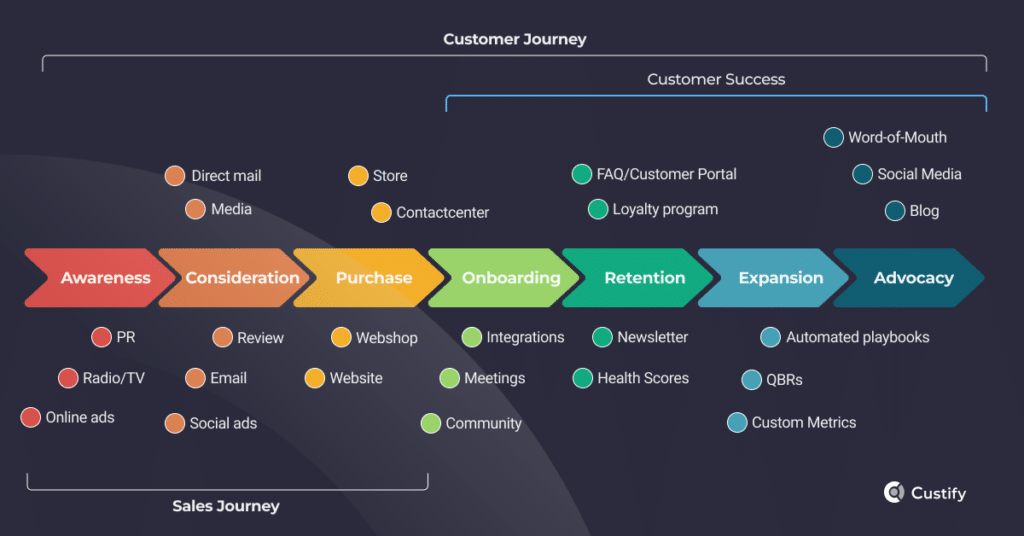
Customer success teams have a deeper understanding of customer goals and have established connections with existing customers. This positions them well to identify more products or features that align with customer needs and drive growth.
Scalability can be a challenge for both sales and customer success teams. In such scenarios, marketing automation is crucial in facilitating account expansion efforts. It enables streamlined and targeted communication, making it essential to drive scalable growth.
Ultimately, whoever oversees account expansion in your business is up to you. It depends on your company’s unique circumstances and dynamics. Whatever you choose, be intentional and strategic.
Why is Customer Success Required in Account Expansion?
Customer success (CS) plays a crucial role in account expansion. CSMs work proactively to help customers get the most value out of the product or service and rely on continual feedback. Customer support reps and account managers serve a different purpose. It responds reactively to customer requests, complaints, needs, etc.
Consider these benefits of involving customer success in your account expansion efforts:
1. Prioritizing Customer Success Leads to Growing Revenue
The most cost-efficient way to run a business is to keep customers happy. According to a HubSpot study, 70% of companies with growing revenue indicated customer success is “very important” to them.

Satisfied customers are more open to upselling and cross-selling opportunities. By providing exceptional support, continuous value, and personalized engagement, you build trust and long-term relationships that translate into increased revenue, expanded accounts, and a thriving customer base.
2. Deep Understanding of Customer Needs
Customer success teams thoroughly understand the customer’s goals, challenges, and preferences. This insight allows them to identify opportunities for account expansion and recommend different products or services that align with the customer’s evolving needs.
Their close relationship with customers positions them well to provide personalized recommendations that drive expansion.
If they use a dedicated CS tool like Custify, they can track their customers’ activity and app usage in real time. Users can leverage the platform to establish personalized health scores using a variety of metrics, enabling them to monitor their improvement. Additionally, they have the ability to set targeted alerts triggered by certain KPIs, which can indicate potential upsell opportunities.

3. Building Trust and Loyalty
Expanding an account successfully relies on trust and strong customer relationships. Customer success teams are dedicated to ensuring customer satisfaction, driving adoption, and helping customers achieve their desired outcomes. They consistently deliver value and show commitment to their customer’s success. This builds trust and fosters loyalty, making customers more receptive to expansion opportunities.
An expanding and loyal customer base means increased engagement and positive user interactions, improving metrics like click-through rates, time on site, and social signals. That even boosts your search engine rankings. Satisfied customers are also more likely to leave positive reviews and testimonials, enhancing the website’s reputation and attracting more organic traffic.
4. Proactive Outreach and Support
Customer success teams regularly communicate with customers to ensure they are happy with their products or services. They reach out to customers proactively to find opportunities for upselling or cross-selling. They also address any obstacles that might prevent account expansion.
The only way to ensure customers stay successful is by continuously engaging them, and this includes monitoring customer satisfaction through:
- Net Promoter Score (NPS) surveys
- customer health / happiness indices
- customer advisory boards
- customer outreach initiatives.
For an effective customer engagement strategy, CSMs take advantage of the combined power of automation and human interaction. Technology helps them identify opportunities, while the human touch ensures they understand how to provide value. CS is essential in creating a favorable environment for growth.
5. Maximizing Customer Lifetime Value
Account expansion drives customer lifetime value (CLTV). Expanding the customer’s usage of your offerings extends their relationship with your company. Customer success teams are vital in maximizing CLTV and contributing to long-term business growth.
CLV is crucial in customer success, service, and experience because it measures the effectiveness of these efforts in a clear and quantifiable way. The resulting number objectively shows not just the value of fostering customer relationships, but also how much money one can reasonably spend on those relationships while still turning a profit.
4 SaaS Account Expansion Strategies
SaaS expansion strategies include creating a straightforward customer journey after onboarding, upselling, cross-selling, and add-ons.
Let’s look at each of these SaaS account expansion strategies.
1. Creating a Clear Post-onboarding Customer Journey
You can ensure their continued success and drive expansion opportunities by providing a structured and guided path after initial customer onboarding. Think of this as more of a “best practice” strategy that leads to specific selling strategies (which we will cover next).
A well-defined customer journey ensures customers reach specific milestones throughout their journey. This flowchart paints the picture well:

Progressing through these milestones helps customers see the value you offer. And it allows you to foster a deeper understanding of customer pain points and goals so you can provide targeted solutions to drive expansion.
Considering the flowchart, a situation might look like this:
- After onboarding (the right third of the chart), CS may ask for a rating, review, or referral to reach other customers (“advocacy ask”). That’s the first milestone.
- CS maintains a connection with the customer to ask for feedback. If CS recognizes the customer isn’t getting the most out of the product, they can make recommendations. Another milestone hit.
- Finally, CS will upsell or cross-sell at the right time. But only when it makes sense logically and relationally. The goal isn’t just to sell more but to enhance the client’s relationship.
Creating this journey leads to the three primary account expansion selling strategies: upselling, cross-selling, and add-ons.
2. Upselling
Upselling is a powerful strategy to grow your current accounts. It encourages customers to upgrade or buy higher-tier products or services. To upsell, focus on understanding your customers’ evolving needs.
Whatever you’re selling must be a value-add to your customer. Highlight specific features or functionalities that align with their goals. Personalized communication, such as targeted emails or one-on-one conversations, can generate upsell opportunities.
Slack is an excellent example of this. A team can see the last 10,000 messages on the free version of Slack. Once they hit that benchmark, a message pops up to learn more about seeing those older messages.
It’s a soft upsell but effective. It’s Slack’s way of creating a sense of urgency. Customers feel like they’ll lose their communication history if they don’t upgrade–because they will.
3. Cross-selling
Cross-selling involves offering extra products or services that complement your customers’ purchases. Effective cross-selling requires a consultative approach, active listening, and a deep understanding of your customer’s requirements.
Use customer data and insights to personalize cross-selling recommendations and show how these offerings can enhance their experience or solve related challenges.
Cross-selling doesn’t only mean you’re trying to get someone to pay for something. Sitepoint is an example of cross-selling to help customers become more ingrained in their community. Their monthly newsletter offers a daily email that bundles important tech news in one place, so you don’t have to check Twitter and Reddit.
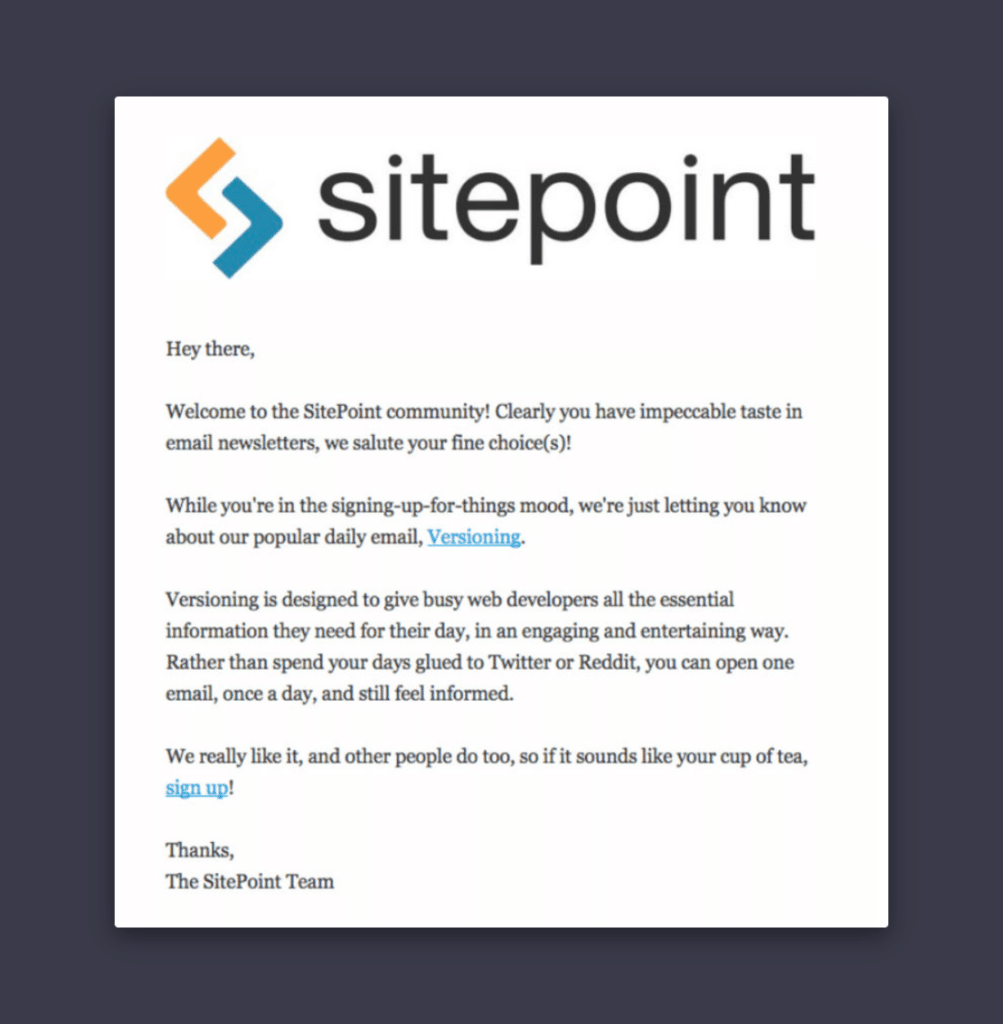
Every cross-selling proposition should aim to enhance the customer’s experience. Users subscribing to SitePoint’s Versioning newsletter aren’t just seeking more email content. Rather, they’re striving for an efficient way to stay abreast of the latest developments.
4. Add-ons (or “Bundling”)
Bundling or add-ons can be an effective strategy to expand your current accounts. Create bundled packages that combine products or services at a discounted price or offer add-ons that enhance the value of the core offering.
The key is aligning the bundled items or add-ons with your customer’s needs and pain points. Highlight the convenience, cost savings, and comprehensive solution bundling or add-ons provide. Customers find this an attractive proposition to expand their usage of your product.
Statamic is a SaaS company that sells a scalable CMS platform with a low one-time license fee. They grow their accounts with relevant add-ons to enhance the customer’s experience of their product.
Should Customer Success Teams Receive Commissions Based on Account Expansion?
We need to tackle this question before we wrap up. The answer depends on the specific goals and structure of your business. But if customer success teams receive commissions on account expansion, it can be a powerful motivator.
For example, Peter Armaly (VP of Customer Success at ESG) states that he expects CSMs to have clear revenue targets and related KPIs:
I just like the idea of having a target. Because A, it will mollify the chief financial officer and the CEO and everybody else who expects some sort of measurable financial return from their investment in customer success. And secondly, it ups the game for customer success to have that metric or set of metrics that they’re held accountable for. I think the time has gone now where we can just argue that we are good at relationships, that’s not good enough.
So, here are four reasons you should consider giving commissions to customer success when they help grow an account.
1. Alignment with Objectives
If your company strongly emphasizes driving account expansion and revenue growth, tying commissions to customer success reps’ performance can align their incentives with the desired outcomes. CM reps will proactively identify expansion opportunities and work towards maximizing customer value.
2. Balancing Team Collaboration
Commissions should be designed to uphold collaboration within the customer success team. Encouraging teamwork and knowledge-sharing is crucial to ensure that all customers receive the best possible support and that reps work together to drive customer success.
3. Employee Recognition
Commissions are one form of recognition and reward for exceptional performance. And let’s be honest. It’s a major one for most employees. Who doesn’t love more money?
You might also consider other types of employee recognition. Bonuses, performance-based incentives, or non-monetary rewards can be powerful motivators. Recognizing employee efforts in account expansion boosts morale, job satisfaction, and retention.
4. Retaining Existing Workers
Let’s talk about retention. It costs about 50% of an employee’s salary to replace them. Doing what you can to keep talented staff is non-negotiable.
Incentivizing customer success for its role in driving expansion helps retain existing workers. Employees with longevity have in-depth knowledge of the customer base, understand customer needs, and have established rapport with clients. Keeping talented people contributes to long-term customer satisfaction and sustainable growth.
The decision to provide commissions to customer success reps for account expansion is yours. Does it align with your goals, culture, and team dynamics? Try to strike a balance that rewards individual performance while fostering a collaborative environment and providing various forms of employee recognition to motivate and keep talented employees.
Wrapping it Up
Account expansion is a strategic imperative for businesses seeking sustainable growth. Say goodbye to the days of trying to find more and more customers. The ones you have now can take your business to new heights.
By nurturing and expanding existing customer accounts, you’ll harness the benefits of cost-effectiveness, customer insights, and long-term loyalty.
This guide covered everything you need to start growing your customer accounts. As you craft your account expansion strategy, remember that any efforts that neglect your customer success team will likely fall flat.
Focus on building long-term relationships with customers. If you value and care for them, upselling, cross-selling, and bundling will be a breeze.
Ready to leverage every account opportunity? Do it quickly, easily, and automatically with a robust customer success platform that takes your strategies to the next level.
